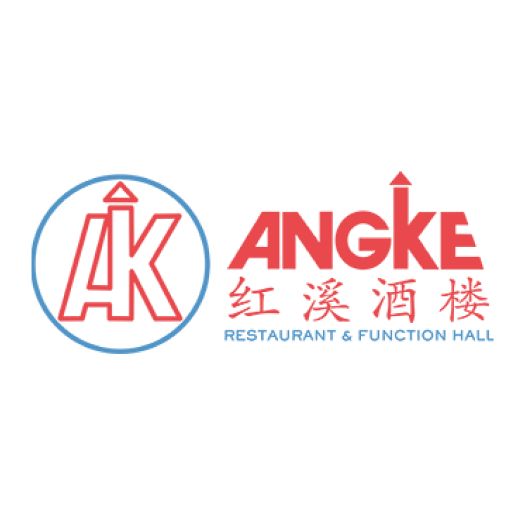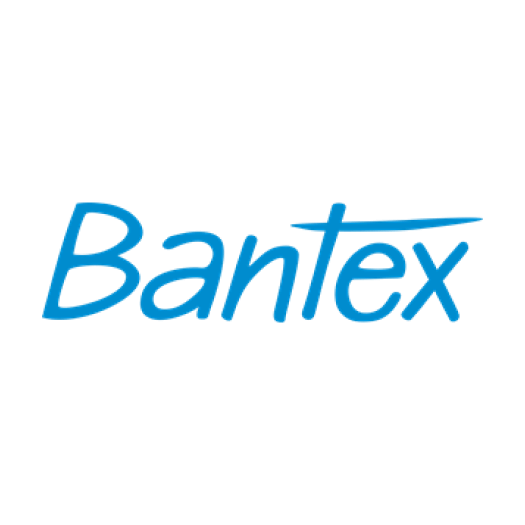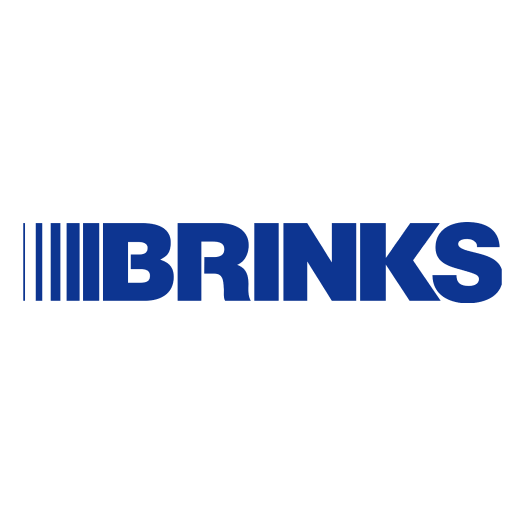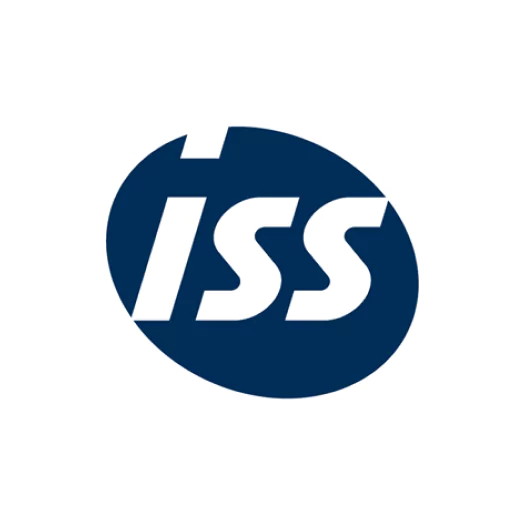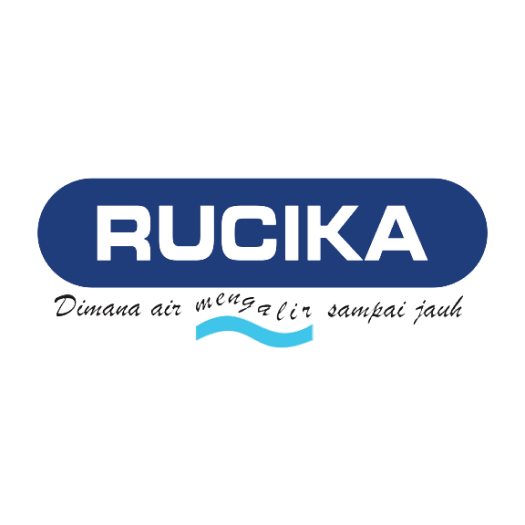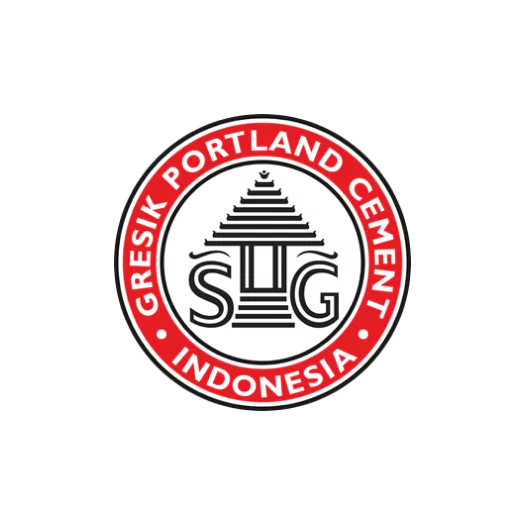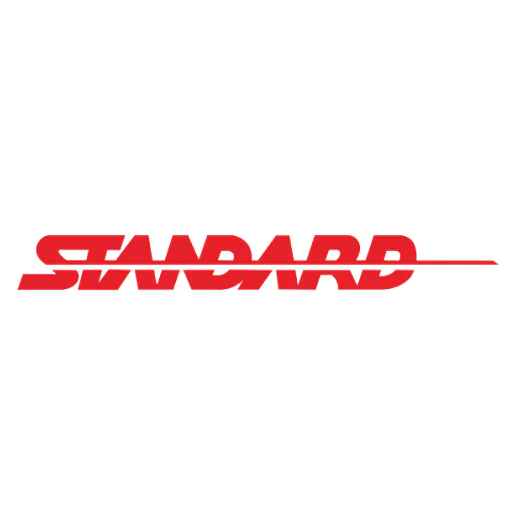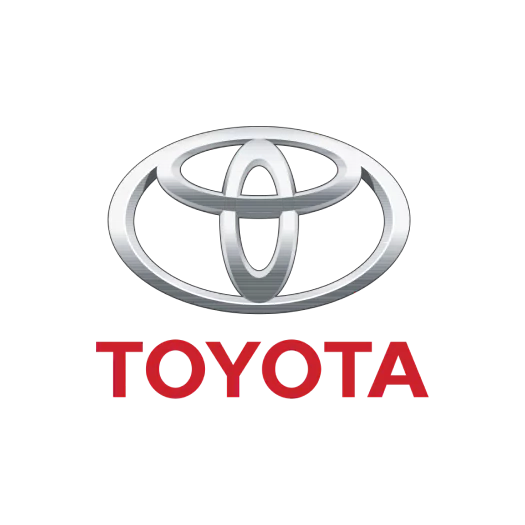Did you know that businesses allocate 50-70% of their revenue to procurement? Managing procurement efficiently is critical to controlling costs and maintaining smooth business operations. Additionally, research suggests that 94% of businesses in Southeast Asia are shifting toward cloud-based solutions to improve efficiency.
For Malaysian companies, procurement challenges often stem from manual processes, poor visibility, and inefficiencies that lead to unnecessary costs, delays, and compliance risks. Without a proper system in place, businesses struggle to track purchases, approve requests, and maintain supplier relationships effectively.
A procurement management system is designed to streamline purchasing, automate workflows, and provide real-time insights into procurement activities. By implementing the right system, businesses can reduce errors, ensure compliance with local regulations, and enhance overall supply chain efficiency.
Key Takeaways
|
Table of Content
Content Lists

What is a Procurement Management System?
A procurement management system is software designed to automate and optimize the purchasing process. It streamlines tasks such as purchase requests, supplier selection, purchase order creation, invoice processing, and budget tracking. By digitizing procurement, businesses can minimize manual errors, enhance efficiency, and ensure compliance with financial regulations.
In Malaysia, procurement inefficiencies often arise due to paper-based approvals, delayed supplier communication, and lack of real-time cost tracking. Studies show that 60% of businesses experience procurement challenges due to manual processes, leading to increased costs and operational delays. A well-integrated procurement system helps businesses manage suppliers effectively, track expenses, and improve purchasing decisions through real-time analytics and automation.
Types of Procurement: Direct, Indirect, and Services

Procurement in businesses is categorized into direct, indirect, and services procurement, each serving different operational needs. Understanding these distinctions helps companies optimize their supply chain, cost management, and vendor relationships.
- Direct Procurement: Involves acquiring raw materials, components, or goods directly related to production and manufacturing. This type of procurement has a direct impact on product quality, availability, and revenue generation.
- Indirect Procurement: Covers purchases that support daily business operations but are not directly involved in production, such as office supplies, IT services, or marketing tools. Managing indirect procurement efficiently helps control operational costs.
- Services Procurement: Refers to hiring external professionals, such as consulting firms, legal advisors, or outsourced IT services, that provide specialized expertise for projects. It enhances business efficiency and compliance with regulatory standards.
A structured procurement system automates the management of these categories, including retail procurement, ensuring cost control, supplier evaluation, and seamless approvals.
Key Steps in the Procurement Process
A well-structured procurement process is crucial for businesses to streamline purchasing, manage supplier relationships, and ensure compliance. Below are the fundamental steps involved for a strategic sourcing:
- Needs Identification & Budgeting: Businesses assess requirements and allocate budgets before initiating procurement. Proper planning prevents unnecessary expenses and ensures efficient resource allocation.
- Vendor Selection & Evaluation: Companies evaluate suppliers based on pricing, quality, reliability, and compliance. Many businesses issue Requests for Proposals (RFPs) or Quotations (RFQs) to compare vendor offerings.
- Negotiation & Contracting: After selecting a supplier, businesses negotiate terms, pricing, and delivery schedules. Formal contracts are signed to outline obligations, warranties, and compliance requirements.
- Purchase Order (PO) Issuance: A purchase order (PO) is created and sent to the vendor, confirming the agreement on product quantity, price, and delivery timeline. A procurement system automates PO creation, tracking, and approval workflows.
- Goods Receipt & Quality Check: Upon receiving goods or services, businesses inspect them to ensure they meet agreed specifications. Any discrepancies are reported for resolution before payment processing.
- Invoice Processing & Payment: Invoices are matched with purchase orders and delivery receipts before payments are approved. A procurement system ensures automated invoice verification and payment tracking, reducing errors.
- Supplier Performance Monitoring: Businesses assess supplier reliability and service quality for future engagements. Purchasing software helps track delivery times, product quality, and compliance with contract terms.
Implementing a digital procurement system can automate and optimize each of these steps, reducing errors and enhancing efficiency.
Key Features of a Procurement System
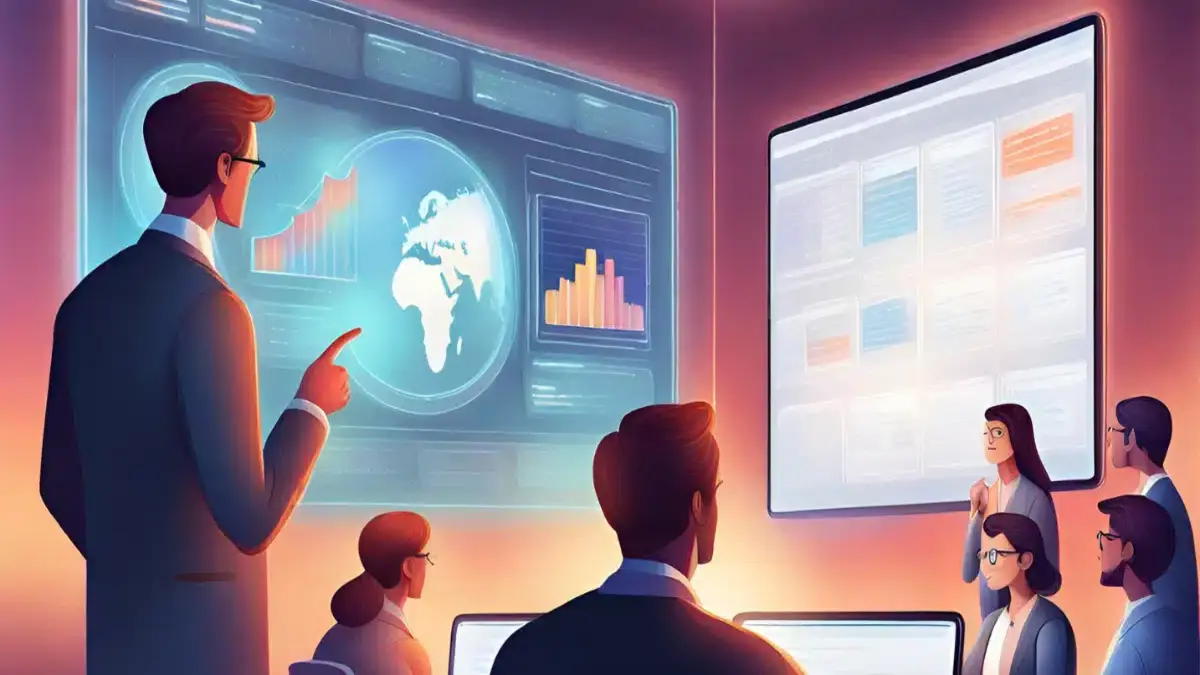
A robust procurement system comes with essential features that help businesses streamline purchasing, track supplier performance, and optimize spending. Below are the key features to look for:
- Purchase Requisition (PR) Management: This feature allows users to create and manage purchase requests efficiently, ensuring proper approvals and adherence to budget constraints.
- Request for Quotation (RFQ) Automation: The system converts PRs into RFQs, allowing businesses to compare supplier quotation letters quickly and make informed purchasing decisions.
- Purchase Order (PO) Tracking: Automates the creation, approval, and tracking of purchase orders, providing visibility into procurement workflows and preventing miscommunication.
- Supplier Management: Helps businesses onboard, evaluate, and monitor suppliers’ performance, ensuring reliable partnerships and compliance with quality standards.
- Invoice Processing & Payment Integration: Simplifies invoice verification by matching invoices with purchase orders and delivery receipts, reducing errors and ensuring timely payments.
- Stock Reordering Automation: Automatically generates new purchase orders when inventory reaches critical levels, preventing stock shortages or excess storage costs.
- Contract Management: Centralizes contract storage, tracks expiration dates, and ensures compliance with agreed-upon terms, reducing the risk of disputes.
- Cost Analysis & Reporting: Provides real-time procurement analytics to identify spending trends, optimize budgets, and enhance cost-saving strategies.
- Regulatory Compliance Management: Ensures that procurement activities align with tax regulations and industry-specific legal requirements, reducing financial and operational risks.
- Online Supplier Portal: Enables vendors to submit quotes, track orders, and manage invoices in real-time, improving communication and efficiency in supplier interactions.
These features enhance operational efficiency, minimize risks, and improve cost control in procurement. Businesses that adopt a comprehensive procurement system can reduce manual efforts, streamline approvals, and optimize supplier relationships.
How a Procurement System Works
A procurement system automates and streamlines the purchasing process, ensuring businesses can efficiently acquire goods and services while minimizing errors and costs. Here’s how it typically works:
- Budgeting & Planning: The procurement process starts with identifying needs, forecasting demand, and setting a budget for purchasing essential goods and services.
- Vendor Selection & Evaluation: Businesses assess suppliers based on cost, quality, and reliability, often using RFQs (Request for Quotation) to compare multiple options.
- Purchase Order Processing: Once a vendor is chosen, the system generates a purchase order (PO) that includes order details, pricing, and delivery timelines, ensuring transparency.
- Goods Receipt & Invoice Matching: Upon delivery, the system verifies received items against the PO and automatically matches invoices for approval, preventing discrepancies.
- Payment Processing & Compliance: Approved invoices are processed for payment, ensuring timely transactions and compliance with LHDN and other regulatory standards.
- Performance Monitoring & Reporting: Businesses track supplier performance, analyze procurement efficiency, and adjust purchasing strategies based on real-time data insights.
By automating procurement workflows, businesses can reduce costs, prevent supply chain disruptions, and maintain better vendor relationships.
HashMicro Procurement System: A Smarter Way to Manage Procurement
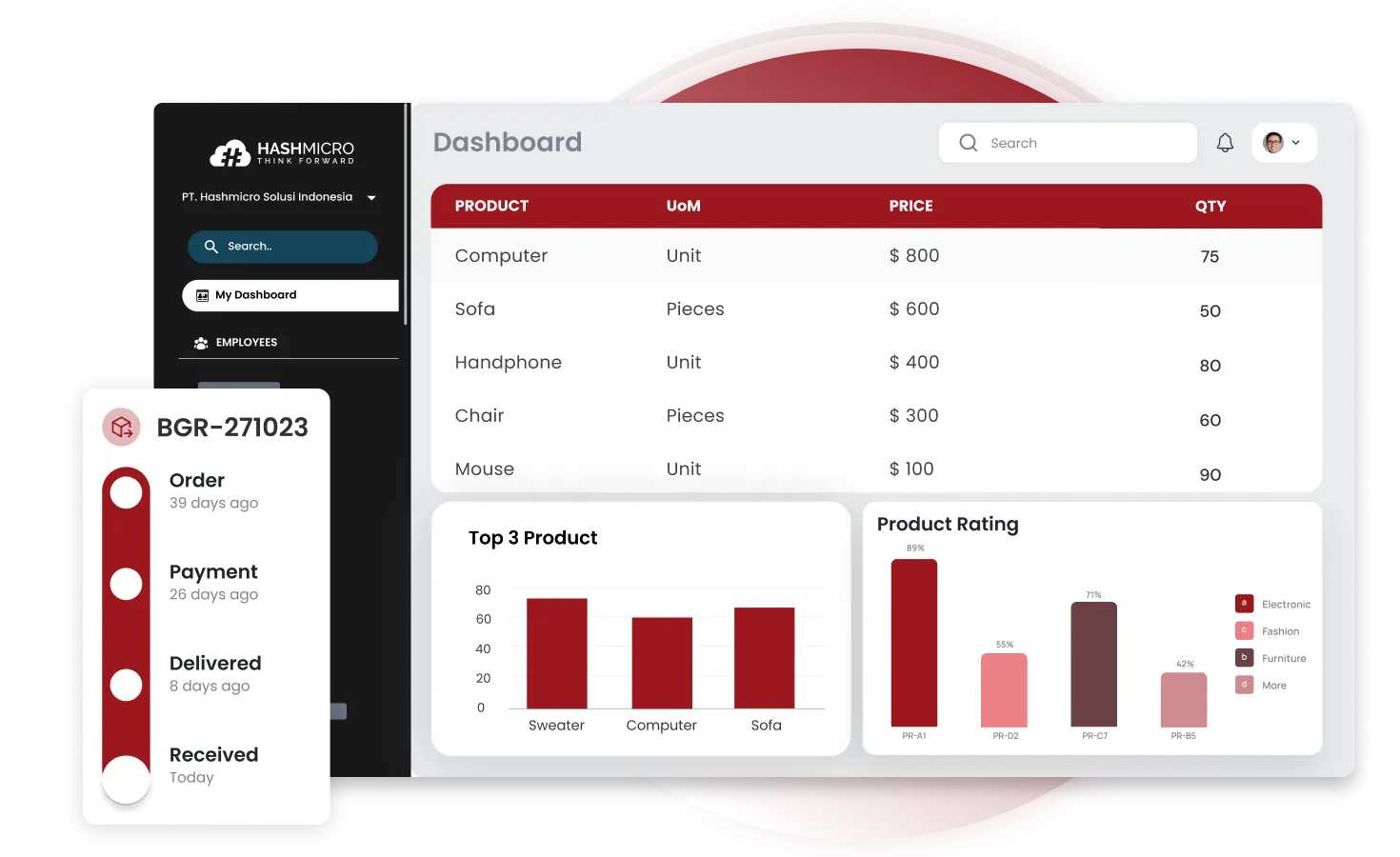
For businesses looking to enhance efficiency, HashMicro’s procurement software offers a comprehensive, AI-powered solution designed to streamline purchasing, improve supplier relationships, and reduce operational costs.
This cloud-based system ensures seamless procurement management, from purchase requisition to payment processing, making it ideal for businesses in Malaysia looking to comply with LHDN regulations while optimizing costs. Key features of HashMicro’s procurement system
- Automated Purchase Requests & Approvals: Reduce paperwork and eliminate approval delays with a centralized purchase request system that follows company policies.
- Supplier & Vendor Management: Track supplier performance, compare price quotes, and negotiate better deals with an integrated vendor management system.
- Real-Time Budget & Cost Control: Monitor spending, prevent overspending, and align purchases with company budgets through live financial tracking.
- Seamless PO & Invoice Management: Generate, track, and automate purchase orders and invoices, ensuring error-free procurement.
- Landed Cost Calculation: Accurately calculate total procurement costs, including shipping, taxes, and customs duties, to optimize budgeting.
- Automated Stock Reordering: Prevent stock shortages by enabling the system to trigger new purchase orders when inventory reaches a critical level.
- Compliance & Reporting: Ensure adherence to LHDN & tax regulations, while generating detailed procurement reports for audits and financial planning.
Conclusion
A procurement management system is essential for businesses looking to streamline purchasing, reduce costs, and maintain compliance with LHDN regulations in Malaysia. By automating procurement workflows, companies can enhance efficiency, improve supplier relationships, and optimize spending.
With advanced features like automated purchase requisitions, vendor management, cost tracking, and compliance reporting, businesses can ensure that procurement processes are error-free, cost-effective, and well-structured.
For companies aiming to scale and improve procurement efficiency, implementing a reliable procurement system like HashMicro’s can significantly enhance cost control and operational performance. Ready to upgrade your procurement process? Click the banner below to explore HashMicro’s Procurement Software and request a free demo today!

FAQ about Procurement System
-
What do you mean by a procurement system?
A procurement system is a digital tool that automates and manages the entire purchasing process, from purchase requests to supplier payments. It helps businesses streamline order tracking, vendor management, budget control, and compliance reporting to ensure an efficient procurement workflow.
-
What is an example of a procurement system?
An example of a procurement system is HashMicro’s Procurement Software, which enables businesses to automate purchase requisitions, compare vendor pricing, manage approvals, and generate financial reports—ensuring a seamless procurement process.
-
Is ERP a procurement system?
An ERP (Enterprise Resource Planning) system is not solely a procurement system, but it includes procurement as one of its core modules. ERP software integrates procurement with other business functions like accounting, inventory, and HR, providing a centralized platform for managing all operational activities.







